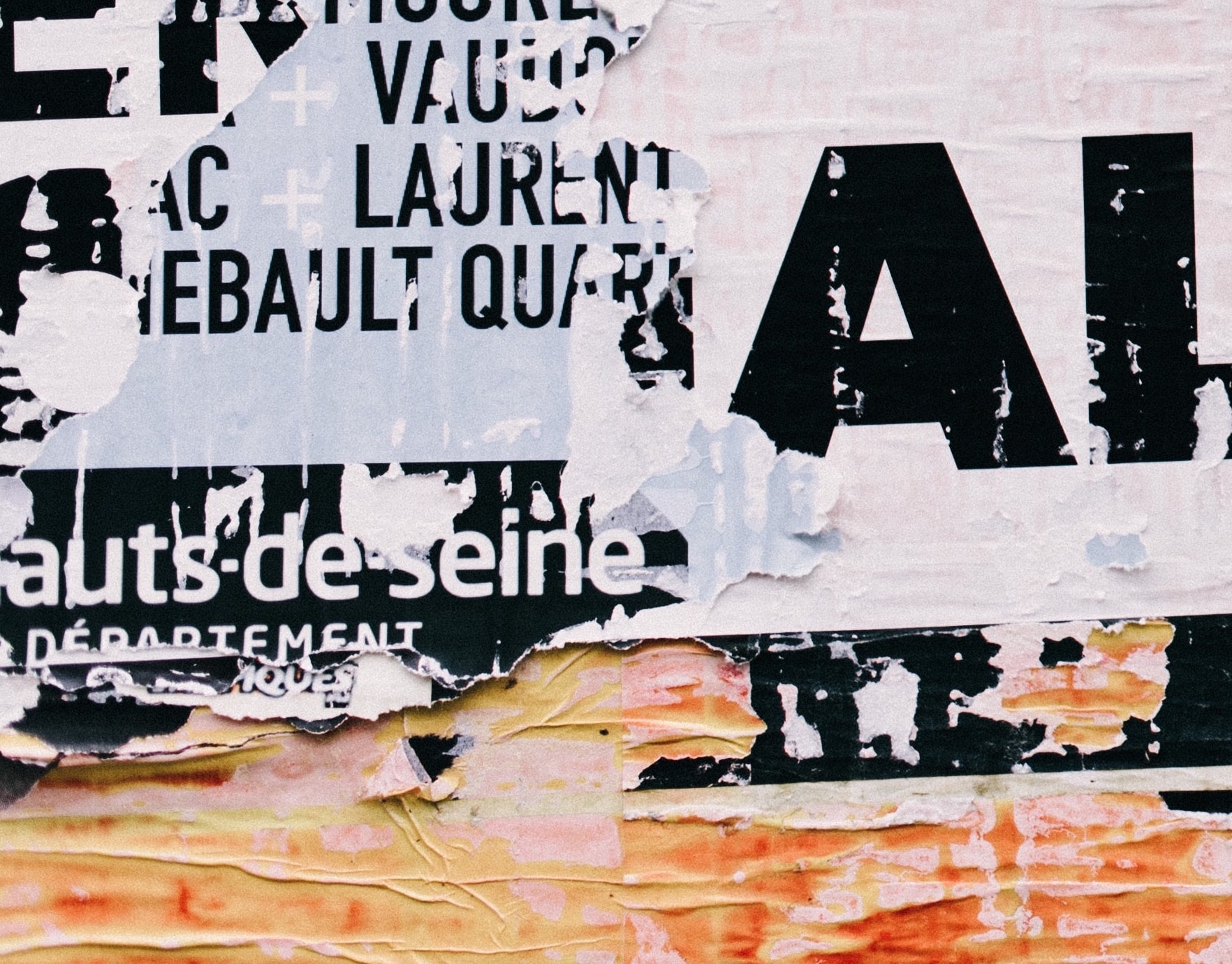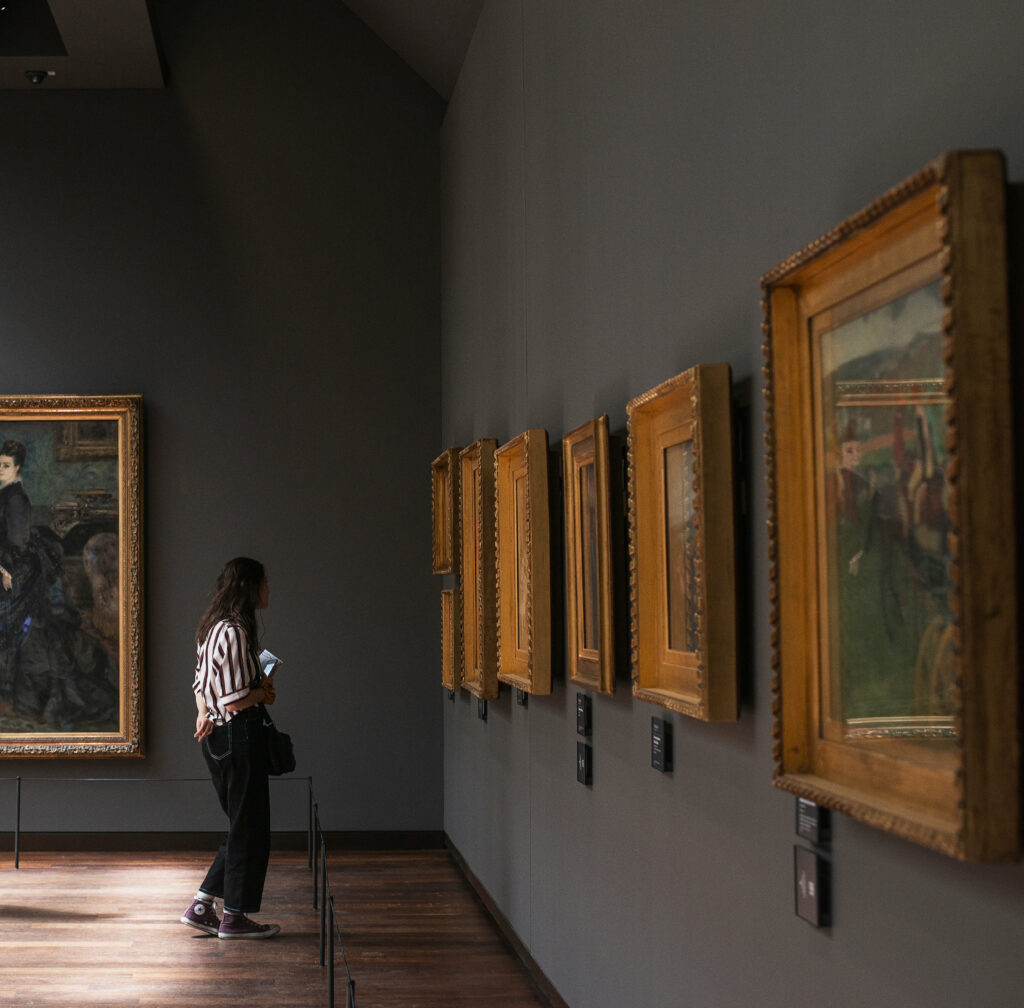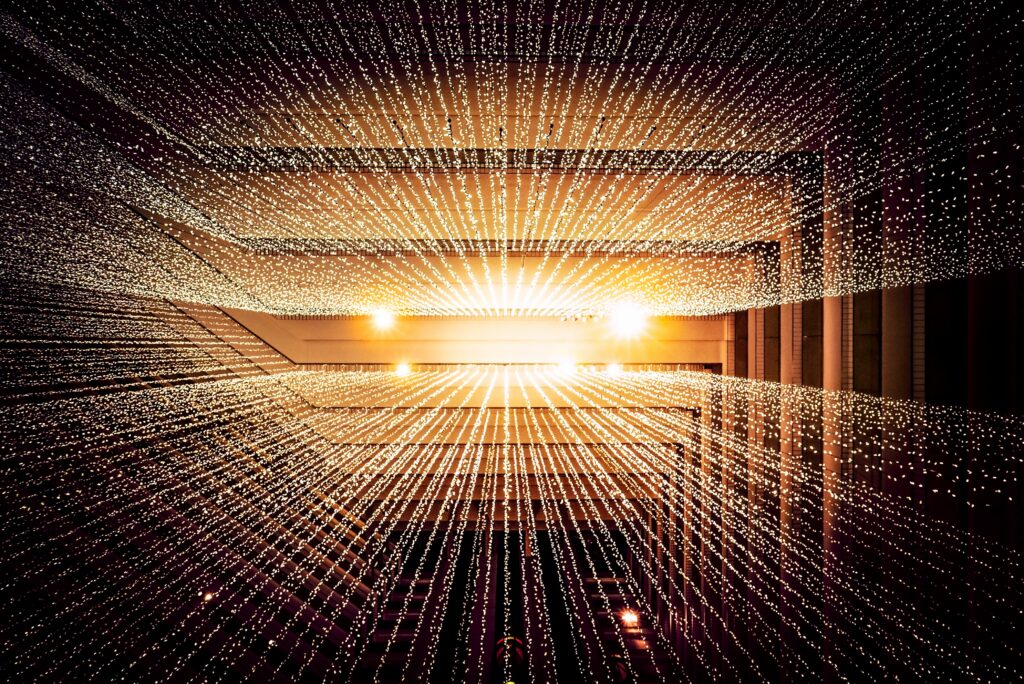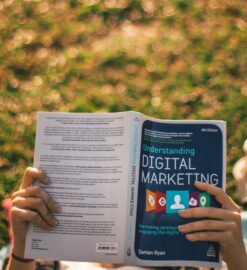Artificial Intelligence & Art

Thought art and artificial intelligence couldn’t be more opposing topics? Well, in fact, there are many intersections.
Perhaps you’ve used an app or website where you draw and an AI finishes the drawing for you. Or you state a word and an AI draws the image of that word.
Or even Google’s Quick Draw, where you draw the given word and the AI decides if you’ve successfully drawn the item.
In Quick Draw, an AI is trained on various “correct” images in relation to the word. Then it learns what images drawn correspond with certain words. When you play you can even see some of the data it’s trained on.

But there are even more ways artificial intelligence and art intersect. For instance, using AI to understand an art gallery’s audience and improve viewers’ experience.
An interesting invention: ShareArt
Through the drop in museum visits due to the Covid-19 pandemic, museums lost lots of business. Art galleries are dependent on their visits since that is how they make money. In 2020, Italy’s museums and art galleries lost around $250 million in revenue.
They have begun utilizing a resource many gravitate to, especially when business goes down – technology.
Related: Artificial Intelligence in Business
Just like in regular retail, you want to highlight and keep the items that sell well in your store.
Well, in art galleries, you don’t necessarily sell the pieces that are doing “well”. Most people just admire the art and leave.
ShareArt is a method to keep track of viewing times of art pieces, ultimately tracking which ones are most appealing. Better artwork displayed means more people coming, i.e. more ticket sales.

The technology is essentially a camera next to the art piece that collects the following data:
- number of viewers
- time spent observing
- from where they approached the piece
- how close they are to the work
- gender of viewers
- age of viewers
This information allows exhibitors to determine the “attraction value” of a piece. Then they can display the art in accordance to which are most attractive – where it’s placed and how easy it is to find.
Information discovered based on the data already collected:
- average observation time: only 4 to 5 seconds
- rare artwork observation time: more than 15 seconds
- Most attendees wear masks correctly
- Most approach a piece alone

More artificial intelligence applications: Artificial Intelligence and Sustainability
Implementation:
ShareArt was developed in 2016 by the National Agency for New Technologies, Energy and Sustainable Economic Development (ENEA), and implemented in Italian museums in 2021. When the Covid-19 mask mandate lifts they’ll incorporate facial expressions as a tool to further determine an artworks’ appreciation.
All this data collection can be used to improve the galleries in different ways such as the exhibition layout and identifying issues. So artificial Intelligence and art do merge.
Related: Artificial Intelligence Bias




Leave a Reply